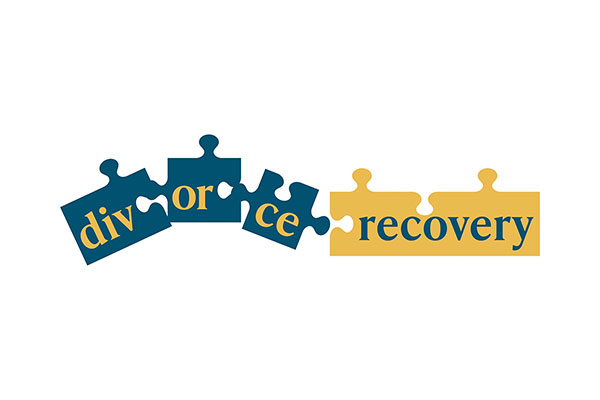What Does It Mean to Process Your Feelings?
You might have heard someone say, “I don’t know how I feel—I’m just processingProcessing refers to the activity of discussing and reflecting on experiences, emotions, and interac… my feelings about it all still.”
Often, what they really mean is that they are ruminating—replaying the event over and over, interpreting motives, thoughts, and issues. They are usually reinforcing their familiar worldview by fitting experiences into preexisting patterns. This isn’t true processing. At best, it’s analysis; at worst, it’s obsession. They’re stuck analyzing what happened instead of doing the essential precursor: feeling.
We all use a cluster of defense mechanismsDefense Mechanisms are unconscious psychological strategies used by individuals to protect themselve… to protect ourselves from deep anxieties and emotions. How these defenses combine generally shapes one’s personality type. Personality can be seen as our fixed way of managing threatening emotions and the effects this has on ourselves and others. Defense mechanisms keep us safe, but often distort reality.
For example, the obsessive type often uses thinking as a defense—to distance themselves from feelings. It feels safer to be in the mind than to be in the vulnerable world of feelings. Other common defenses include projectionProjection is a defense mechanism where individuals attribute their own unwanted thoughts, feelings,… (misattributing inner feelings to others), flight into fantasy, denial, splitting (black-and-white thinkingBlack-and-white thinking is a cognitive distortion where individuals see things as either all good o…), displacement, turning against the self, or transforming threatening feelings into their opposite (reaction formation). This is far from an exhaustive list, but it illustrates how cleverly our emotions protect us.
What Healthy Processing Actually Means
In a healthy, therapeutic sense, processing means something very different. Therapists often describe it as learning to “sit with” the feeling. They help patients avoid their habitual defenses at a pace they can handle, gradually reaching deeper emotional layers.
Processing is about allowing the feeling—giving it permission to be there, being mindfully open to it, and noticing its quality and texture without judgment or attempts to fix, avoid, or push it away. It’s experiencing and expressing emotion without the overlay of excessive thinking.
Emotions themselves aren’t dangerous (even if they feel overwhelming at times). Research shows that most emotions naturally fade quickly—unless we get stuck in unhealthy patterns. For example, grief becomes prolonged when combined with thoughts like, “They shouldn’t have died!” or “I’ll never be happy again.” Anxiety, while normal, can become pathological, especially when tied to unresolved childhood instability or traumaTrauma refers to the emotional and psychological response to a deeply distressing or disturbing even….
This is where an integrated approach using Cognitive Behavioral Therapy (CBT)Cognitive Behavioral Therapy (CBT) is a structured, goal-oriented form of psychotherapy that focuses… and Psychodynamic Therapy shines. Anxiety can be transformed from a daily burden into a helpful signal.
The wisdom of processing emotionsProcessing Emotions involves the exploration and understanding of feelings experienced during group … is to trust, allow, and fully experience them. When approached this way, emotions integrate naturally. Your body and mind know how to digest feelings if you give them a chance. That’s why working with a skilled therapist can be so valuable—they guide you to move your attention into the body, where emotions arise and live, unlocking deeper awareness.
The “Processing” Part: Exploring Your Feelings History
Each person has a unique feelings history. One useful way to access your emotional patterns is to notice what your mind associates with an emotion—images, memories, people, or similar situations. Allow your mind to wander while you stay fully present with the feeling. Meditation and mindfulness practicesMindfulness Practices involve techniques that encourage present-moment awareness and acceptance, oft… are excellent tools to develop this capacity.
These mental “breadcrumbs” often lead back to childhood or earlier emotional experiences. If an emotion feels mixed with anxiety or fear, or if its intensity seems disproportionate to the current event, it’s a clue that deeper work is needed. As the saying goes: “If it’s hysterical, it’s historical.”
Bringing these associations and insights into therapy provides essential material for healing and growth. Untangling these emotional wires is a key expertise of ours. We look forward to helping you on this journey. Feel free to reach out anytime, and we can explore how therapy might support you.





